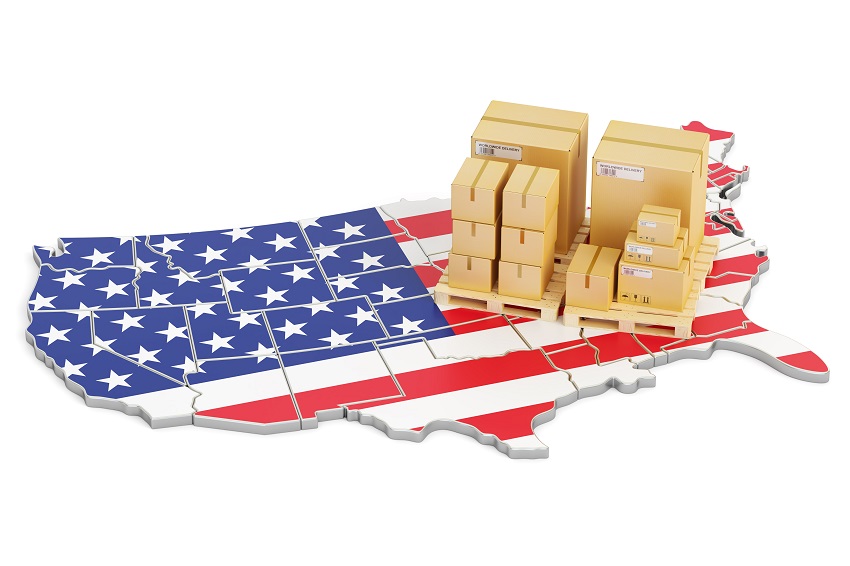How to Lower the Cost of Returns and Improve Your Reverse Logistics
Reverse logistics has become an area where companies are striving to create a better experience for the customer, manage costs, and set themselves apart from the competition. The goal of any company is to make a profit, and logistics managers understand that customer returns can have as big an impact on profits as almost anything else.
The growing online retail marketplace is fueling greater interest in the subject of returns management. While they are a part of any business, e-commerce customers are more likely than B2B customers to return orders — often because they have not seen or tried the product firsthand. Here are some ideas for how online retailers can make the best of the inevitable challenge of customer returns.
Product Detail
On the front end, there are many sales and marketing considerations that affect return rates. One of the most common reasons that customers return products is because they don’t understand how to use the product or were expecting something different. During the sales process, providing the customer with detailed information about the product in the form of videos, enhanced product images, and 360° views will help customers understand exactly what they are purchasing. User reviews are another way to give consumers confidence and greater understanding about their purchases, before they make them.
Checks and Balances
Your distribution center provides another opportunity to prevent returns. The more QC checks that are in place to ensure the accuracy and quality of orders, the less chance of receiving items back. Products should be checked for damage, cleanliness, or broken parts. Being sure the packaging, barcode, and paperwork are correct means that customers will receive what they have ordered.
Technology
Technology for managing a warehouse and shipping efficiency (such as with carrier selection) is a given for online retailers today. But, technology for managing the reverse logistics process is important, too. The right tool can help track returns in addition to all the documentation that goes along with them. The right system will make sure the returned product is handled correctly, helping to keep inventory counts accurate and ensure proper disposition of the items.
Returns Policy
A balanced returns policy that fits your customers’ needs, as well as your business’s, can reduce the number of returns and maintain profit margins. A policy that is too customer-friendly can lead to more returns in the future because customers know they can buy more and do not need to keep the items. At the same time, a returns policy that is too tight, making it very difficult for customers to return items, is off-putting and can result in a hit in sales. A balanced approach will keep margins intact while ensuring consumers still feel valued —a winning situation for a company.
Customer Support
An educated customer service team is essential in reducing and preventing returns. Many people return products that they do not know how to use or because they could not get their questions about the products answered. Customer support staff that can provide useful or technical information to the consumers via phone, email, and chat will frequently prevent returns. The key is to be accessible to the customers via the means of communication that they prefer.
Creating a smooth return experience can increase the number of repeat customers and referrals through word-of-mouth and social media. Online retailers who view returns as an opportunity are more successful because they use it as a chance to strengthen both their brand and their relationship with the customer.

Posts by Tag
- October 2018 (8)
- August 2018 (6)
- August 2019 (6)
- February 2020 (6)
- March 2020 (6)
- May 2020 (6)
- December 2020 (6)
- April 2019 (5)
- May 2019 (5)
- July 2019 (5)
- October 2019 (5)
- April 2020 (5)
- July 2020 (5)
- September 2020 (5)
- October 2020 (5)
- July 2018 (4)
- September 2018 (4)
- January 2019 (4)
- February 2019 (4)
- March 2019 (4)
- June 2019 (4)
- September 2019 (4)
- December 2019 (4)
- January 2020 (4)
- June 2020 (4)
- August 2020 (4)
- April 2018 (3)
- June 2018 (3)
- November 2018 (3)
- December 2018 (3)
- November 2020 (3)
- January 2021 (3)
- March 2018 (2)
- November 2019 (2)
- February 2021 (1)
- May 2021 (1)
8921 Crew Drive
Emerald Isle, NC 28594
(252) 764-2885
info@transimpact.com
Get In Touch!
 UPS Continues to Focus Increases at Ecommerce Shippers
FedEx Shippers: Changes Coming to the Carrier’s Fuel Surcharge Table
UPS Continues to Focus Increases at Ecommerce Shippers
FedEx Shippers: Changes Coming to the Carrier’s Fuel Surcharge Table



